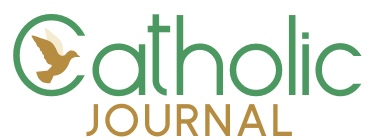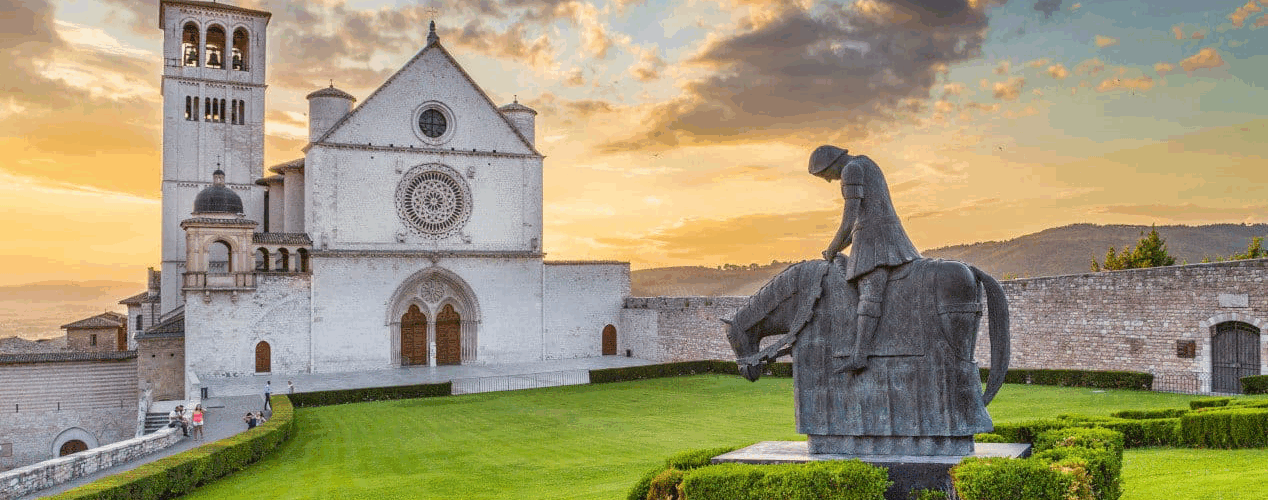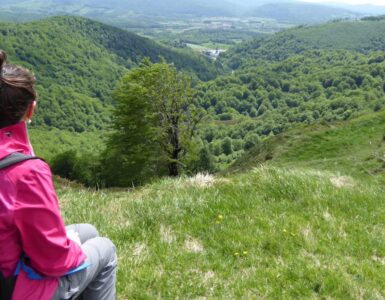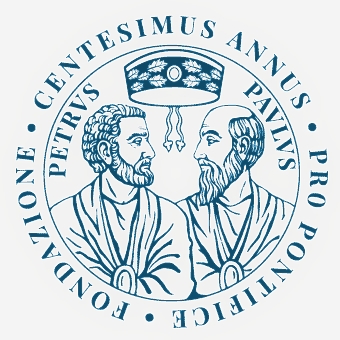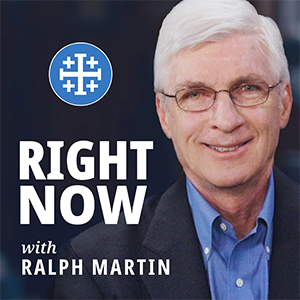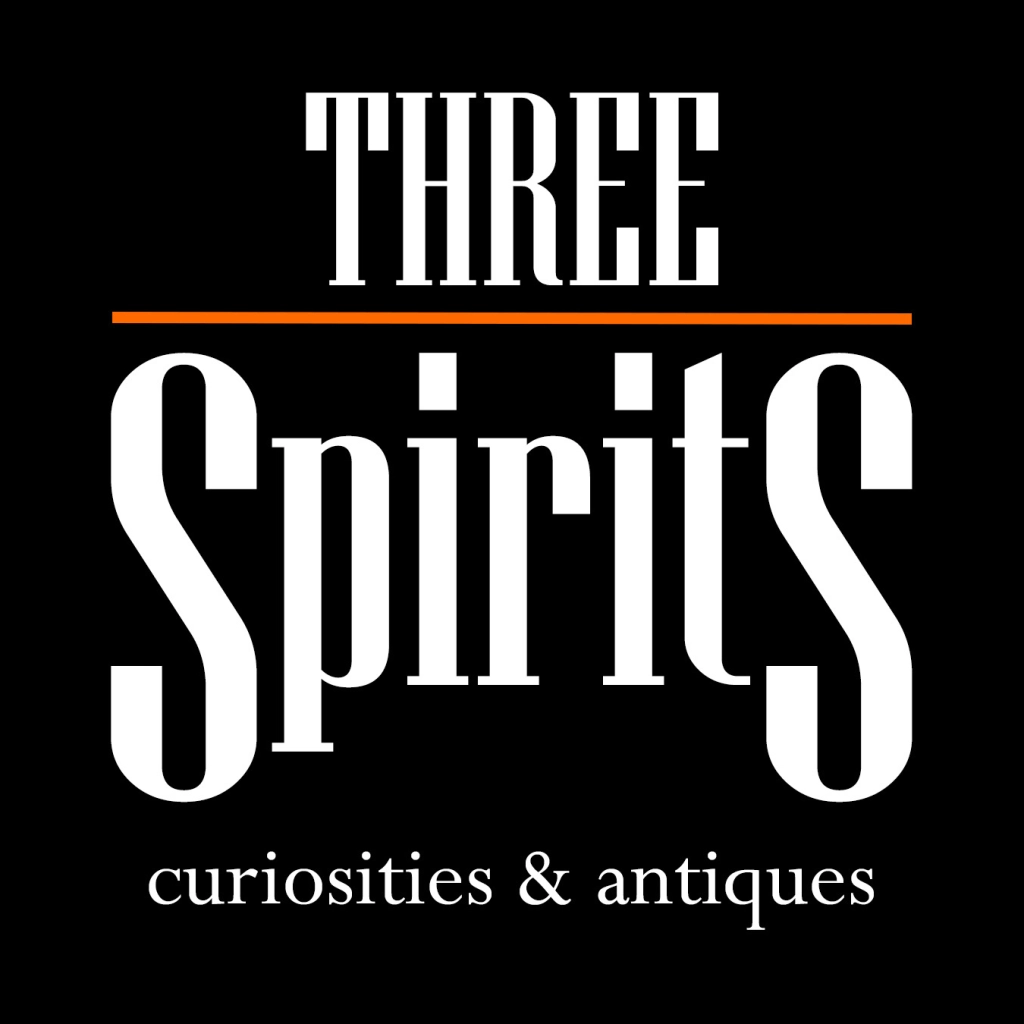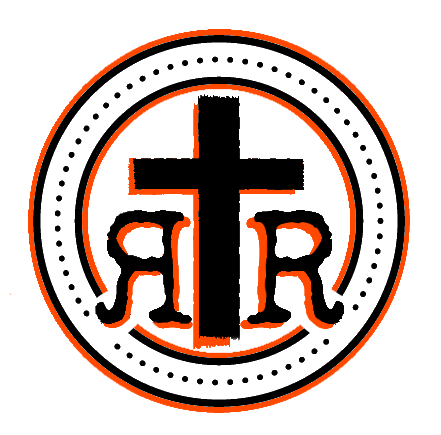My recent journey to Rome during the Jubilee of Deacons was intended as a spiritual pilgrimage, an exploration of faith, and an opportunity to experience the magnanimity of the Church’s traditions. However, it became a tale of unexpected turns and profound discoveries, all encapsulated within the simple realization that one does not need to see the Pope to feel the heartbeat of the Church.
As a devout Catholic and a deacon looking forward to the Jubilee of Deacons, the prospect of seeing Pope Francis was exhilarating. Like many pilgrims, I envisioned the moment of encountering the spiritual leader of the Catholic Church, hoping for a glimpse that would deepen my faith and commitment. However, upon arrival in Rome, I discovered that Pope Francis was hospitalized. This unforeseen reality initially felt like a setback, clouding the journey with a sense of missed opportunity.
Despite this initial disappointment, my wife and I decided to fully engage with the rich tapestry of spiritual and historical experiences Rome offers. Rome, known as the Eternal City, is a place where the past and present intertwine seamlessly. Its streets breathe history, each corner telling tales of emperors, saints, and scholars. We embarked on a journey through time, visiting sites that are the pillars of Christian heritage.
One of the most poignant parts of our journey was passing through the four Holy Doors. In Catholic tradition, the Holy Doors are opened during Jubilee years, inviting pilgrims to seek spiritual cleansing and renewal. Each door we passed was not just a physical threshold but a metaphorical passage into a deeper spiritual consciousness. Standing at these monumental gateways, I felt a connection to the millions who had walked these paths before, seeking solace and redemption.
Visiting the Basilica of St. Paul Outside the Walls and praying at St. Paul’s tomb was particularly moving. St. Paul’s life and teachings are pillars of Christian doctrine, and communing at his tomb provided a moment of reflection on my own journey in faith and service. Our visit to the catacombs of St. Celeste offered a glimpse into the early Christian community’s resilience, reminding us of the enduring power of faith against adversity.
The Vatican Museum, with its vast collection of art and historical artifacts, was a testament to the Church’s long-standing relationship with the arts. Each exhibit we encountered was a narrative in form and color, capturing pivotal moments of religious and cultural evolution. However, it was the Sistine Chapel that truly captured the essence of divine inspiration for me. The ceiling painted by Michelangelo is more than an artistic masterpiece; it’s a celestial tapestry that speaks volumes about creation, humanity, and divinity.
Standing beneath the intricate frescoes, I was enveloped by a sense of awe and transcendence, as if the very essence of those biblical stories was reaching out to touch every soul present. The room, with its walls narrating the continuum from Genesis to Revelation, was more than just a visual treat—it was an immersive spiritual experience. Being there knowing a conclave would likely be coming to this very room made the moment extra special. I left my vote for the next Pope on the table as I left!
Our exploration of St. Peter’s Basilica was undoubtedly a highlight of the trip. As we walked through its majestic corridors, I could not help but feel aligned with the countless pilgrims and historical figures who had walked the same paths. The basilica, a marvel of Renaissance architecture, stands as a symbol of Catholicism’s enduring legacy.
Vesting for the Sunday mass, it occurred to me that I was walking through the same walkways as Emperor Constantine, who played a pivotal role in Christianity’s acceptance within the Roman Empire, I felt a tangible connection to history. Constantine is integral to the Church’s history, particularly for commissioning the original St. Peter’s Basilica.
Driving by the Circus Maximus and the Colosseum, and later visiting the Pantheon, was a remarkable journey through time, offering a glimpse into ancient Rome’s grandeur. The Circus Maximus, once the site of exhilarating chariot races, now stands as a sprawling public park, hinting at its vibrant past with remnants of its original structure. The Colosseum, an iconic symbol of Rome, loomed impressively against the sky, its ancient stones whispering stories of gladiators and emperors. As I passed these historic sites, I marveled at their enduring majesty, still commanding awe centuries after they ceased their original functions. Visiting the Pantheon was particularly moving; its magnificent dome and oculus continue to defy modern engineering, symbolizing the ingenuity of Roman architecture. These monuments, preserved through time, stand as a testament to Rome’s lasting legacy, blending ancient history with the present in a seamless narrative that continues to captivate all who encounter them.
No trip to Italy is complete without indulging in its rich culinary offerings. Our journey took a delicious turn as we explored the gastronomic delights of Rome and Assisi. In Assisi, savoring a plate of authentic pasta was more than a culinary experience; it was a communion with the land known for its association with St. Francis. The simplicity and flavor of Italian cuisine mirrored the spiritual simplicity espoused by St. Francis himself.
Our visit to the San Damiano cross in Assisi invoked profound reflection. Standing before the cross where St. Francis received his divine call, I pondered my path as a deacon. Unlike St. Francis, I did not receive a directive to build anything new, but the experience reinforced my commitment to serving with humility and grace.
Throughout our stay, we attended several deacon meetings attended by deacons from all over the world. These meetings provided opportunities to connect with fellow pilgrims on similar spiritual journeys. These interactions enriched our experience, offering shared stories and a collective reaffirmation of faith. It was a reminder that, even in the absence of a papal audience, the collective spirit and dedication within the diaconate community amplified the pilgrimage’s significance.
In the end, my pilgrimage to Rome was immensely fulfilling, even without seeing the Pope. This journey was a testament to the power of faith and the myriad ways it manifests in our lives. Rome and Vatican City, with their profound spiritual heritage and history-laden walkways, offered an experience that was, in its own right, deeply fulfilling.
As I reflect on the aspirations and realizations of this trip, I understand that the heart of a pilgrimage lies not in the fulfillment of every expectation but in embracing the unforeseen paths and insights it uncovers. Indeed, while I didn’t see the Pope, my experience in Rome reaffirmed the timeless allure and transformative power of a pilgrimage. The journey reminded me that divine encounters often happen in the quietest corners of our hearts, in the echoes of ancient prayer halls, and the shared smiles of fellow travelers on a path of faith. I didn’t see Pope Francis.
Perhaps one day, I will meet his successor.
